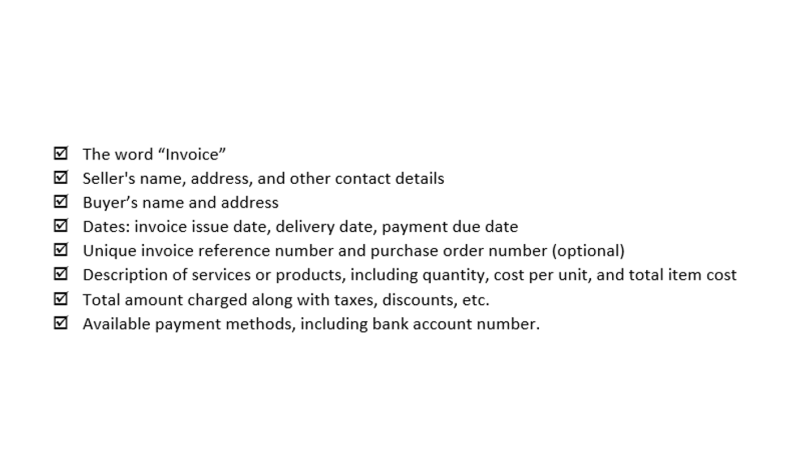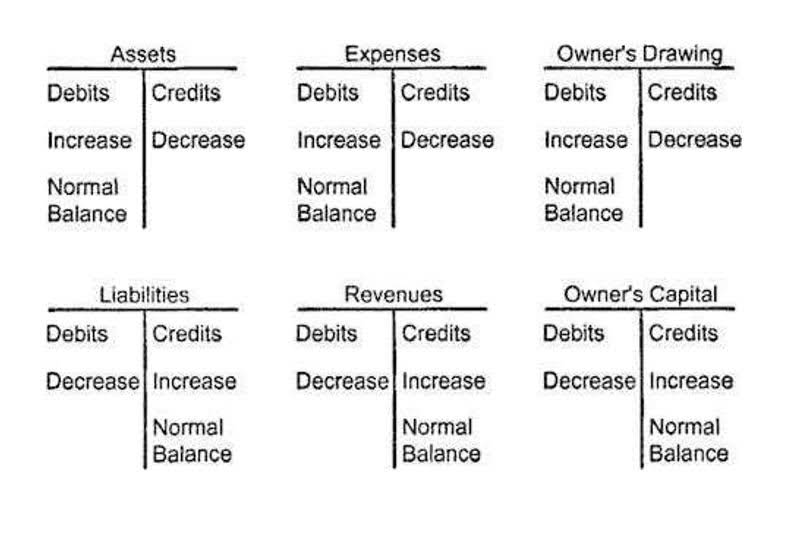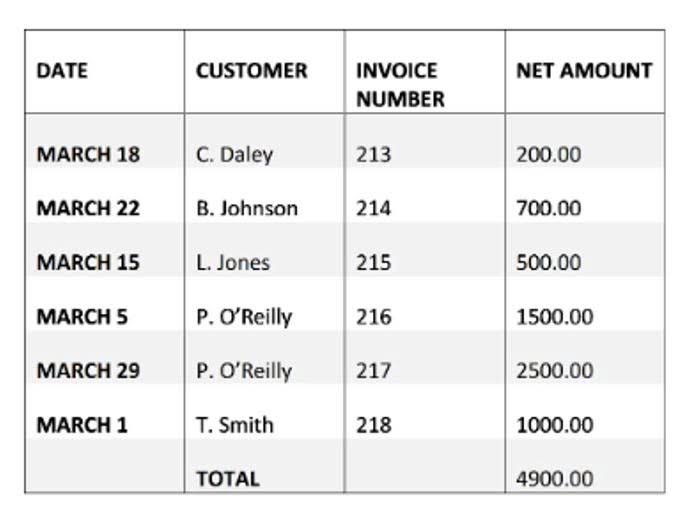
They are categorized based on the different aspects of financial reporting that they address, each with its own set of criteria that must be evaluated by the auditor. These are a few of the financial metrics which analysts and investors commonly use to evaluate the company stocks. Always connect specific management assertions to potential risks in financial reporting to better understand how they reinforce audit procedures. Account balances include all the asset, liabilities and equity interests included in the statement of financial position at the period end. Assertions assist auditors in considering a wide range of issues that are relevant to the authenticity of financial statements.

Occurrence
- During the final audit, the focus is on the financial statements and the assertions about assets, liabilities and equity interests.
- You need to note that leaving out any of the aspects of an account can lead to a false representation of the company’s financial health.
- For instance, they may review lease agreements to verify the company’s rights over leased property or inspect loan documentation to confirm obligations.
- This aspect of financial reporting is not merely about ensuring that all the numbers add up; it’s about the narrative that these numbers tell to the stakeholders.
- Auditors scrutinize these assertions by examining supporting documentation, reviewing transactional workflows, and performing analytical procedures to ensure that the transactions are presented fairly in the financial statements.
Rights and obligations – means that the entity has a legal title or controls the rights to an asset or has an obligation to repay a liability. Relevant test – reperformance of calculations on invoices, payroll, etc, and the review of control account reconciliations are designed to provide assurance about accuracy. In order to test completeness, the procedure should start from the underlying documents and check to the entries in the relevant ledger to ensure none have been missed. To test for occurrence the procedures will go the other way and start with the entry in the ledger and check back to the supporting documentation to ensure the transaction actually happened.

The Importance of Assertions in Audit Planning and Evidence Gathering

They might analyze historical data, market conditions, or third-party appraisals to validate asset valuations. Accurate valuation prevents distortions in financial reporting, aiding stakeholders in making bookkeeping informed decisions. Each of these assertions plays a critical role in the presentation and disclosure of financial statements.
- All assets, liabilities and equity balances that were supposed to be recorded have been recognized in the financial statements.
- It pertains to the confirmation that the entity has the right to ownership of the assets and obligations for the liabilities recorded in the financial statements.
- By focusing on assertions, auditors can provide a more targeted and effective audit, ultimately leading to a higher level of assurance in the financial statements.
- Classification – that transactions are recorded in the appropriate accounts – for example, the purchase of raw materials has not been posted to repairs and maintenance.
- Salaries and wages cost recognized during the period relates to the current accounting period.
Motivating to Peak Performance
They are the claims made by a company’s management regarding the accuracy and completeness of financial statements. These assertions are crucial as they are directly tested by auditors to ensure the integrity of financial information. From the perspective of an auditor, these assertions help in guiding the nature, timing, and extent of audit procedures. For management, they represent a declaration of the veracity of the financial information presented to stakeholders. The existence or occurrence assertion verifies that management assertions in auditing assets, liabilities, and transactions reported in the financial statements actually exist or have occurred during the reporting period. This assertion is especially important in areas prone to overstatement, such as inventories or accounts receivable.

Assertions on Presentation and Disclosure

For instance, when auditors are examining inventory, they are keen on the existence assertion to confirm that the inventory actually exists. Meanwhile, for the valuation assertion, an auditor might compare recorded amounts with market values to see if they align. This process helps in determining if assets are accurately reported and if financial statements can be relied upon by stakeholders. In summary, the assertions of rights and obligations are a testament to the legitimacy of a company’s claims over its assets and liabilities. They require auditors to engage in a thorough investigation of legal documents and to exercise professional Airbnb Accounting and Bookkeeping skepticism. By doing so, auditors play a critical role in ensuring the reliability of financial reporting, which in turn fosters trust and confidence among investors, creditors, and the market at large.
